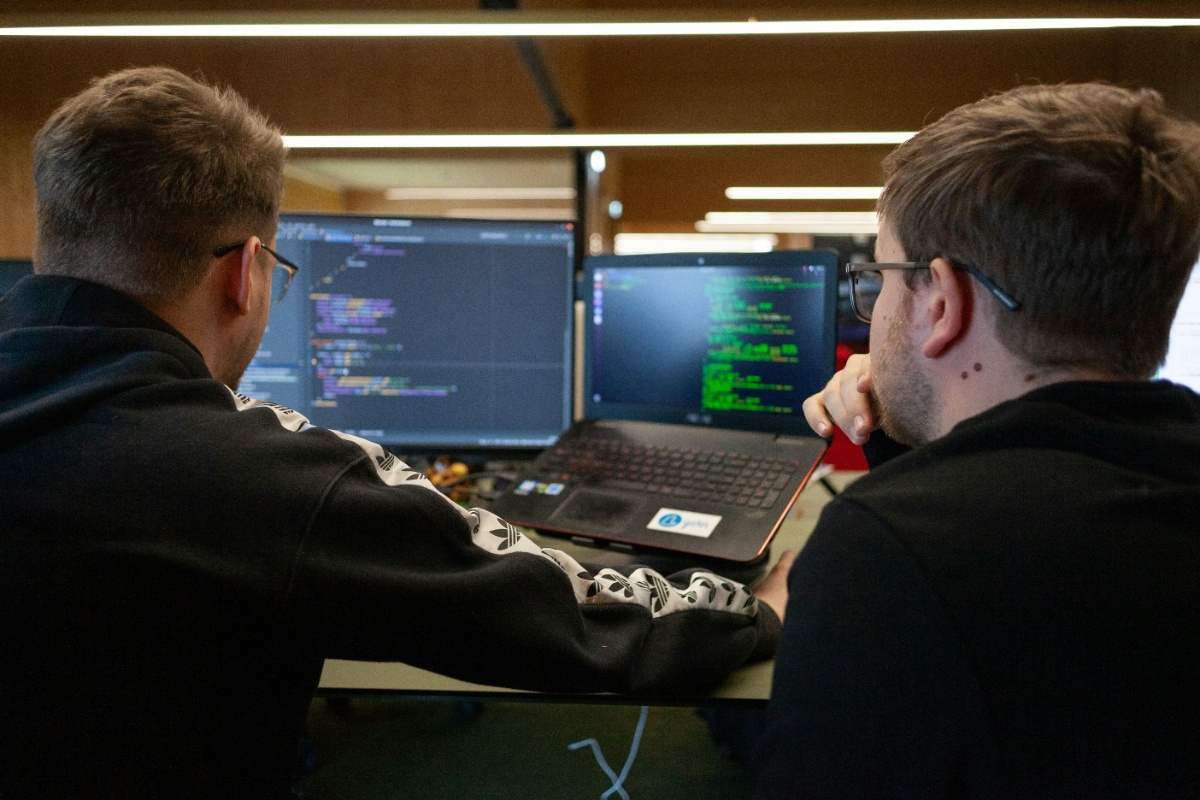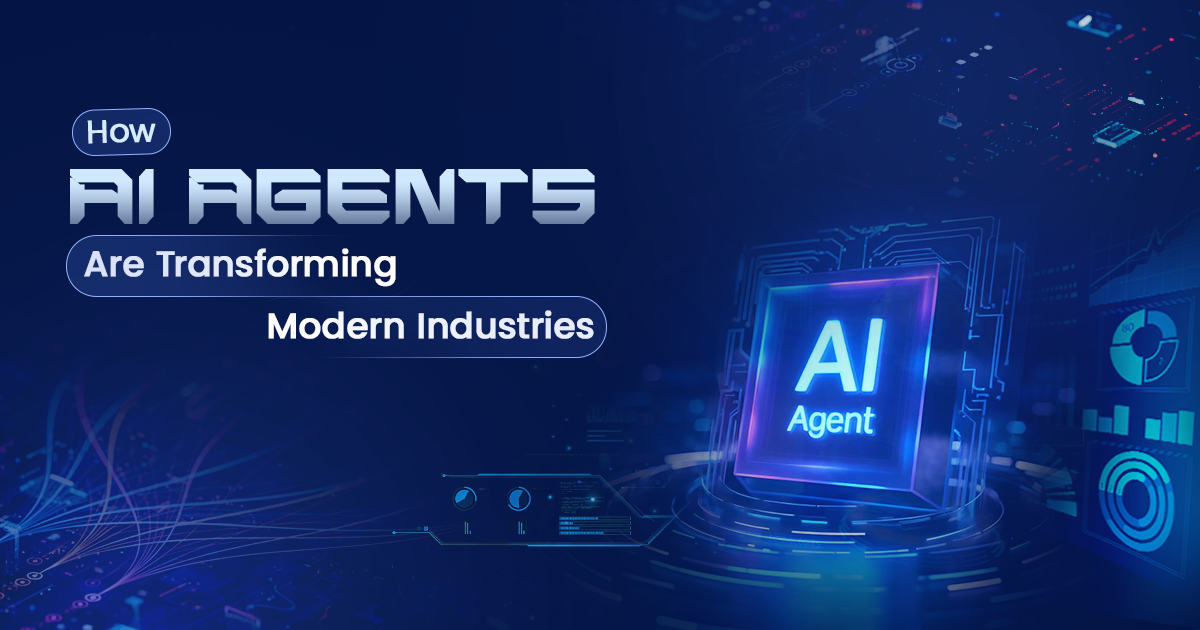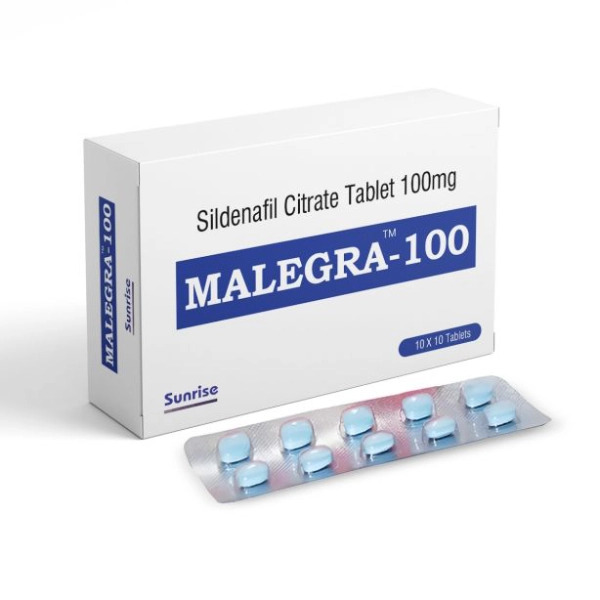
Legacy Modernization vs Replacement: Which Offers Better ROI
- Neha Zubair
- Technology
- 2025-10-25 20:21:12
- 2123K
Introduction
As enterprises evolve, one critical decision stands before many IT leaders: should they modernize their existing systems or completely replace them? While legacy system modernization services offer a pathway to rejuvenate outdated infrastructure without full disruption, replacement might seem like a faster route to transformation. However, determining which option yields the highest ROI depends on factors like cost, risk tolerance, and long-term scalability. Recent studies suggest that businesses that modernize rather than replace experience up to 40% lower total cost of ownership (TCO) over five years.
Understanding Legacy Application Modernization
Legacy modernization refers to upgrading existing systems by refactoring, rehosting, or replatforming them using modern technologies. Through automation and AI-driven insights, modernization minimizes downtime and maximizes system efficiency.
Benefits include:
- Reduced technical debt and maintenance costs
- Improved performance and integration capabilities
- Enhanced data security and compliance
- Seamless adoption of cloud-native architectures
Using an application modernization software, businesses can gradually modernize critical components while maintaining business continuity.
When Replacement Becomes the Right Choice
Full replacement involves discarding outdated systems and building new ones from the ground up. This path can be beneficial when:
- The legacy system is too rigid for integration.
- Maintenance costs exceed modernization investment.
- Core architecture cannot support digital scalability.
- Security or compliance issues demand a complete rebuild.
While replacement enables a clean slate, it’s resource-intensive, time-consuming, and often risky due to data migration and retraining complexities.
Comparing ROI: Modernization vs. Replacement
| Factor | Modernization | Replacement |
| Initial Cost | Lower | High |
| Implementation Time | Shorter | Longer |
| Disruption to Operations | Minimal | Significant |
| Scalability | High (gradual) | High (post-deployment) |
| Risk Level | Moderate | High |
| ROI Timeline | 6–18 months | 12–36 months |
A 2024 Forrester report reveals that companies leveraging application modernization solutions achieve an average ROI of 178% within the first two years due to faster deployment, reduced downtime, and enhanced productivity.
The Role of AI and Automation in Modernization
AI-driven modernization has emerged as a game changer. Automated tools analyze code dependencies, detect vulnerabilities, and suggest refactoring opportunities in real time. These advancements minimize manual effort and improve accuracy, reducing modernization project timelines by up to 50%.
Modern application modernization platforms now integrate machine learning and predictive analytics to optimize migration strategies and prevent post-deployment issues.
Long-Term Strategic Value of Modernization
Modernization ensures continuous adaptability. Unlike replacement which resets systems once modernization enables ongoing optimization. Benefits include:
- Faster innovation cycles through modular architectures
- Smoother integrations with cloud, AI, and data analytics tools
- Enhanced user experience without re-engineering the entire application stack
Modernization also supports sustainability goals by reducing hardware dependency and improving energy efficiency in data operations.
Challenges to Consider
While modernization offers several advantages, challenges remain:
- Complex interdependencies between legacy modules
- Resistance from stakeholders favoring replacement
- Need for specialized modernization expertise
These challenges can be mitigated with experienced legacy modernization solutions providers who assess system readiness, automate testing, and ensure a seamless transformation journey.
Making the Right Decision: A Hybrid Approach
For many enterprises, the optimal solution is not purely modernization or replacement, it's a hybrid approach. Businesses can modernize critical applications first while replacing obsolete ones that hinder progress. This approach:
- Balances cost and performance
- Reduces risk through phased transformation
- Maximizes ROI by prioritizing high-impact systems
By combining both strategies, organizations can achieve a balance between innovation, agility, and cost efficiency.
Conclusion
Whether your business chooses modernization or replacement depends on its current IT maturity, goals, and budget. However, statistics show modernization offers a faster ROI, reduced risks, and greater flexibility for most enterprises. Leveraging the right application modernization solutions and expert partners ensures your systems remain future-ready while optimizing investments.
FAQs
- What are legacy system modernization services and how do they improve ROI?
They involve updating existing systems to improve efficiency, reduce costs, and increase performance, resulting in higher long-term ROI. - When should a business choose replacement over modernization?
When legacy systems are too outdated, incompatible, or costly to maintain, full replacement might be more viable. - What role does an application modernization platform play?
It provides automation, analytics, and cloud integration tools that streamline modernization efforts. - Are application modernization solutions cost-effective for SMEs?
Yes. Modernization allows smaller organizations to scale affordably without complete system overhauls. - Which delivers better ROI modernization or replacement?
Modernization typically provides quicker ROI and lower long-term costs, whereas replacement offers higher innovation potential at greater upfront investment.
Leave a Reply
Please login to post a comment.












0 Comments